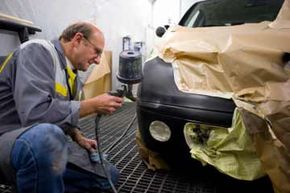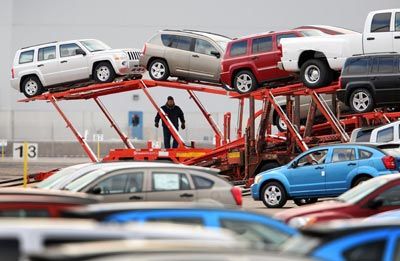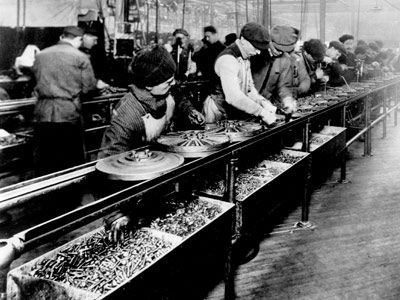Take a good look at the car parked in your garage. Ever wonder how it got there? Well, sure, you parked it there, but think about it: There are millions of vehicles on the road today. From the metals welded together to create the vehicle's body to the coat of paint covering the finish -- what exactly was involved in the production process to get them to consumers?
Once you start looking at the cars on the road as products that were designed and manufactured, rather than simply as tools for getting around, you begin to get a picture of the sheer size of the auto manufacturing industry. It's a big business: Automobiles are in high demand in many parts of the world, and they all have to come from somewhere.
Advertisement
Automotive manufacturing is a big topic, so for this article, we're going to focus on what goes into the vehicle's most visible part -- the paint -- which helps protect the rest of the car. Whether you're driving a vehicle that's fire-engine red, glacier white or plum crazy purple, odds are good that you're driving a car with plenty of paint on it. But how is that paint applied and protected so your car can keep looking good? And is that paint there simply for aesthetic purposes, or are there other reasons to have that shiny coating on your car? Keep reading to find out more about how automotive finishing works.
Up first, we'll take a look at the different technologies used to finish your automobile's coating.
Advertisement



